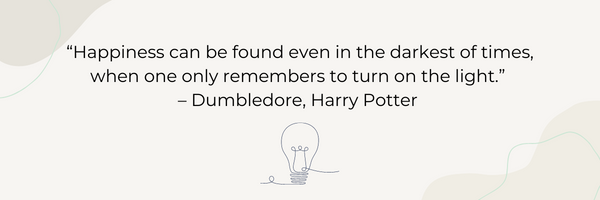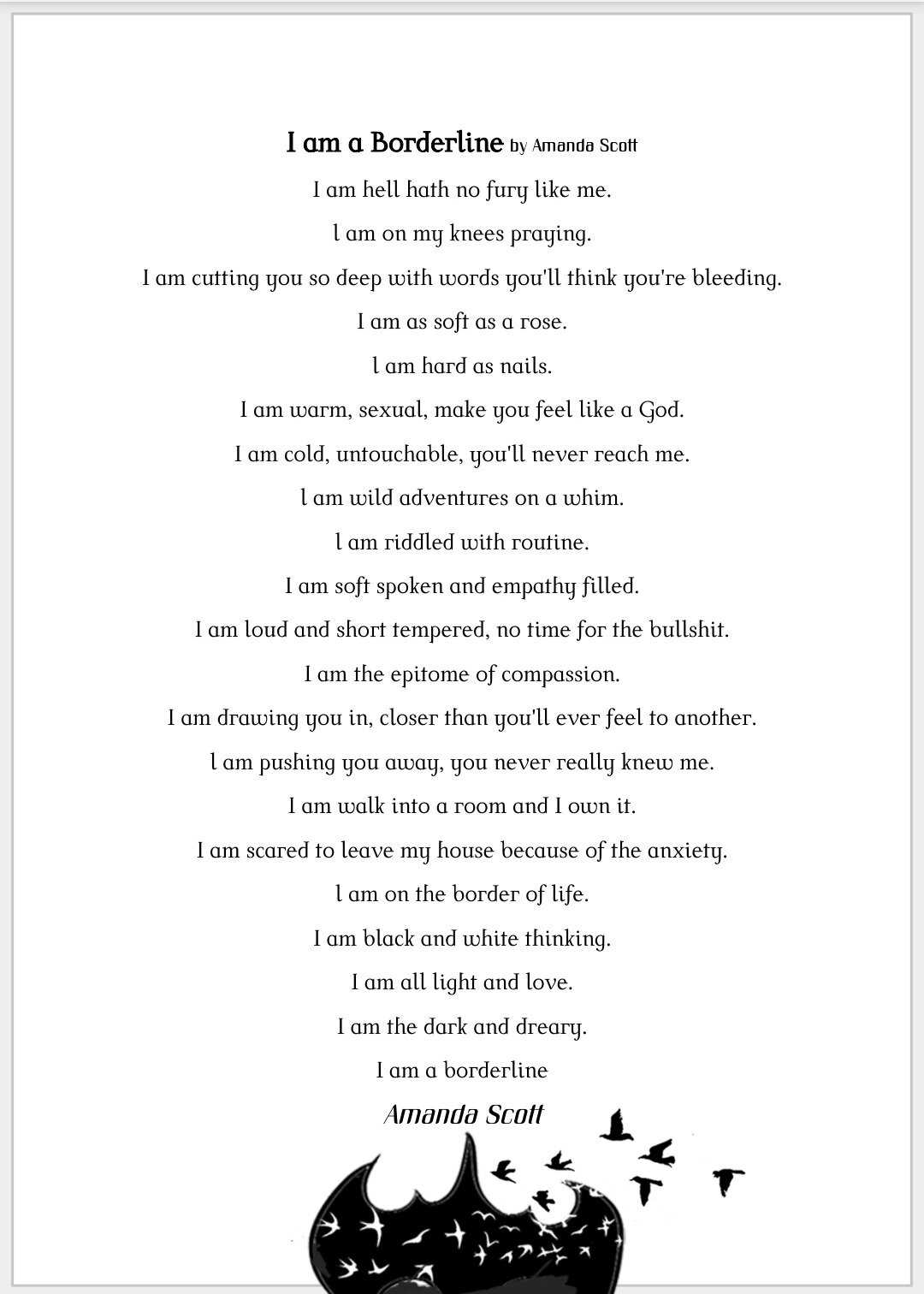Lighting Your Own Path: Living with the consequences of someone else's actions
In the chronic illness community, light must be created by oneself, found in the crevices of daily life, and scattered along the path of diagnosis, treatment, and management. If anyone has mastered the art of lighting their own path, it's Amanda.
When Amanda walked into her first back surgery, she had no idea she wouldn’t be walking out. Her doctor told her that it would be a relatively simple procedure to fix a disk in her back. However, he nicked the spinal cord, leaving her temporarily paralyzed, and unable to walk. Thus began her long journey into the depths of chronic illness and pain management.
As if one back surgery isn’t enough, Amanda had eleven more to fix the initial mistake. The first surgery was the beginning of so many challenges she later faced. To begin, weight is just a number on the scale. But when Amanda went into her first back surgery, she weighed 130 pounds. By the time she was a year post-op, she weighed nearly 300 pounds. The number of steroids the doctors were pumping into her petite frame caused her to swell like a balloon, and when she made a conscious choice to stop taking the medications, her doctors wrote that she was “difficult” and “noncompliant”.
Before this first back surgery, Amanda was active, non-stop, and a goal crusher. She is a mom to two boys, Lane, “the brain”, and Kadin, a sweet and feisty guy who marches to the beat of his own drum. Her boys are her world. And then her world stopped. She could no longer work, travel, or take her boys out on adventures.
Before the first back surgery, Amanda lived a healthy life, and was able to keep her distance from the medical world. She had double scoliosis, but this didn’t keep her away from doing what she wanted. It was worsened by her pregnancies, but did not affect her in a major way until she started feeling intense pain and her doctors decided she needed surgery.
Joining the chronic illness community does not come with a red carpet, and it most definitely isn’t made easier when a doctor labels you as “difficult”. What is difficult, though, is that after the initial, botched, surgery, Amanda had eleven more to fix the mistake. The only reason she knew a mistake was made was because she couldn’t walk, and because her surgeon walked into her recovery room with four other top surgeons to discuss the outcome.
When she left the hospital the first time, unable to walk, she went to apply for disability. However, this surgeon didn’t send her medical records, and she was denied. She applied a second time, and when her records were sent, they were incomplete because they didn’t reflect the mistake in the surgery - the nick in her spinal cord - that left her unable to walk. Despite the help of lawyers to navigate the judicial system, Amanda was never granted disability.
As Amanda managed her surgeries and pain levels, she tried to find doctors that would help her resolve her ailments. However, she found doctors were judgmental of her treatment regimen, and would either refuse to see her, or would judge her before the examination. She was once told that GI issues were a result of these treatments, but after a colonoscopy was performed, her doctors confirmed she has diverticulitis. One major factor in convincing them to perform the colonoscopy was showing them her Folia graphs and logs. She was able to share the severity of her symptoms - the bowel movements, throwing up, and rampant fevers.
While her physical health continued to waver, Amanda’s mental health began to spiral into a deep crisis. In August of 2018, everything came to a head, and she was hospitalized after a particularly severe incident. Within fifteen minutes of her arrival to the emergency department, Amanda was diagnosed with Borderline Personality Disorder (BPD).
After receiving this diagnosis, Amanda did copious research, none of which made her feel validated as an individual. She read things which absolutely disgusted her such as “if you know someone with borderline, you should cut them off and walk away”. After finding a treatment plan that worked for her, Amanda began her journey of creating a platform where she could share her experiences with BPD, and create a safe space for others with the same diagnosis. She aims to share the good, bad, and the ugly, so that others can better understand the lived experience of having BPD. She knows that just because she feels things deeply, doesn’t mean she is a bad person.
Amanda continues to monitor her overall health, as she manages multiple autoimmune conditions. She works closely with her doctor, as they try to catch her body while it is experiencing a spiral, rather than running labs after the fact. In the past, she has been admitted to the hospital in a critical state, but her blood work would come back normal. Recently, she has been experiencing an increase in both the number of symptoms and their severity. She is undergoing the process of various tests to try to catch whatever is going on.
After receiving her BPD diagnosis and the proper care, Amanda had a period of relative peace. Her other symptoms were at bay, and her treatment regimen was working for her. It feels as if overnight, her body was up in arms again, fighting against itself. No one knows what the initial trigger for this cascade of symptoms was, maybe her body finally came out of fight mode, and is finally relaxing. The human body is unpredictable like that, but this time, Amanda is more than prepared to fight back.
If you are curious about the community Amanda shares, you can find it HERE
Amanda also chose to share a poem with us. We appreciate her willingness to open up with the Folia community!




